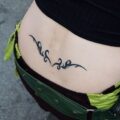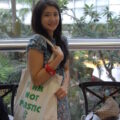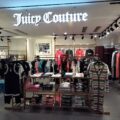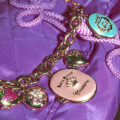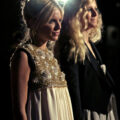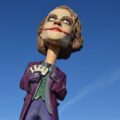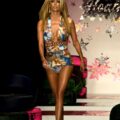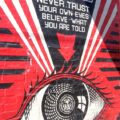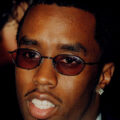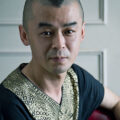What were the top fashions in the 2010s – fashions of 2010-2019
August 17, 2022What were the top fashions in the 2010s? Ah, those years that seem so carefree now! Maybe this decade will be known as pre-pandemic. Well, we went to work in offices, and wore suits for that. We went out to clubs, and got dressed up… Ok, so all that’s returning now. What else happened? Let’s have a look in a bit more detail.
What were the top fashions in the 2010s? Diversity, Sustainability, and Inclusivity
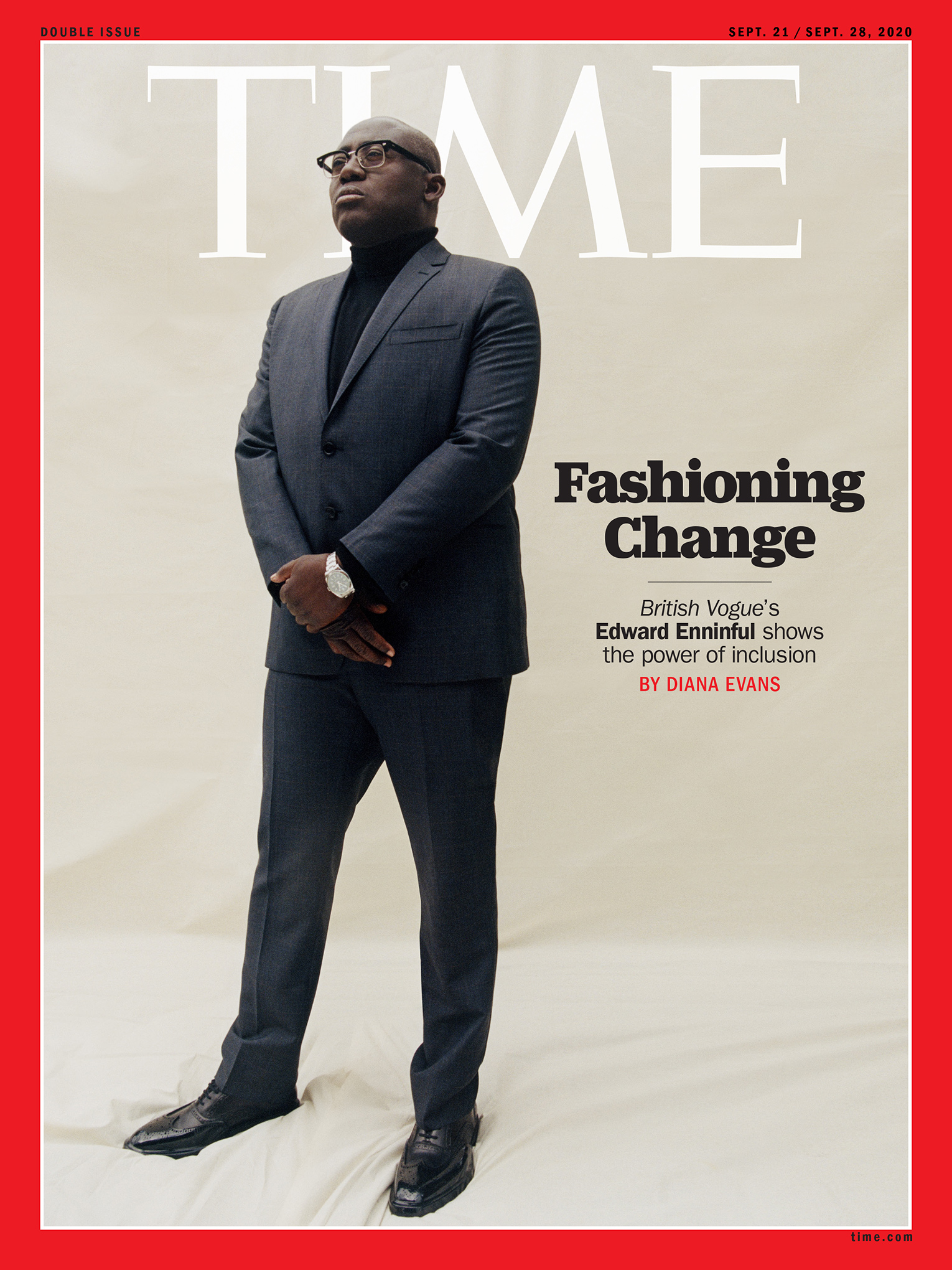
Edward Enninful on the cover of Time Magazine. Image via Time Magazine.
The 2010s marked a huge upswing in efforts towards diversity, sustainability and inclusivity.
“Green” initiatives have come in and out of fashion for a long time. In the 2010s, Green Fashion was a hot topic. Finding that so many customers wanted organic, zero-carbon, naturally dyed and recycled clothes, brands responded. Organic cotton, bamboo viscose and other green initiatives appeared all over the high street. But it turned out that many brands put a high gloss sheen on a very weak green offering.
In response, consumers demanded that their clothing was genuinely sustainable and that brands prove it. Mass market chains admitted that it was, in fact, quite difficult to prove because of long and complicated supply chains. A new buzzword, “transparency”, came in. Customers wanted a transparent, easy to see supply chain. Various solutions were proposed. These included innovative metal threads. They housed tamper-proof blockchain information registering each stage of an item of clothing’s journey.
What were the top fashions in the 2010s? Human Rights
The Rana Plaza disaster in 2013 killed at least 1,132 people and injured more than 2,500 in garment factories in Dhakar, Bangladesh. Human rights issues came under the microscope. New laws were passed to try to make the people making clothes safer.
What were the top fashions in the 2010s? Black Is Beautiful
Edward Enninful became the editor-in-chief of Vogue in 2017. He was the first gay black man to hold that role. Enninful has made tremendous steps in expanding the diversity of the magazine, particularly in regards to using Black and other people of colour models. He runs features and interviews with people of colour. This has had a significant effect on the fashion industry.
What were the top fashions in the 2010s? Gender Fluidity

Theo Adams directed performance at Art School’s fashion presentation. Image via Theo Adams Company .
Many designers had fun with gender fluid collections. They combined men and women’s wear on the catwalk. Some stand out designers included Art School, the young gender-queer fashion collective headed by Tom Barratt and Eden Loweth. “It’s not about being gender neutral, it’s about expressing gender, any form of gender – it’s not about wearing a long oversized shirt”. Tom Barratt commented on their design philosophy after their debut showing in 2017. Their collection was presented as a glorious dance piece by avant-garde choreographer and performance artist Theo Adams. Models of every gender sang and danced freely and expressively.
Another wonderful designer debuting in these years was Charles Jeffrey and his brand LOVERBOY. His trademark is theatrical yet precisely tailored clothes in unexpected proportions. The clothes are also modelled by people of every gender presentation. Skirts and dresses as well as trousers are worn by everyone. More established designers also picked up on this trend, particularly Vivienne Westwood. Alessandro Michele became creative director of Gucci in 2015. He showcases opulent, 70s inspired men and women’s wear with a distinctly feminine edge.
The Colours of the Year
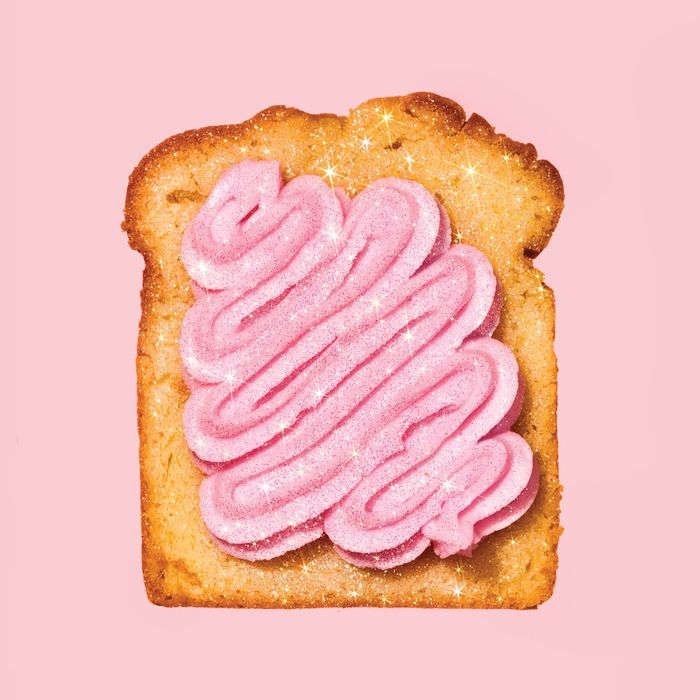
What were the top fashions in the 2010s – Millennial Pink (used as background). Image via thecut.com
In 2016 Pantone’s Colour of the Year was two colours: Rose Quartz and Serenity, or baby pink and baby blue, meant to reflect gender fluidity. Of these Rose Quartz was a massive hit, changing ever-so-slightly to become Millennium Pink. This is a sophisticated pink with a touch of grey that appeared on everything from trainers to sofas.
Pantone uses a team of style scouts and fashion industry experts to predict the colour forecast for the coming year. Usually it’s just one colour that makes the top spot (though in reality it will be a palette of colours that designers turn to). In the 2000s, their Colour of the Year was: 2010: Turquoise. 2011: Honeysuckle, a rounded dark pink. 2012: Tangerine Tango, a dark orange. 2013: Emerald, a slightly turquoise green that confusingly, wasn’t actually emerald green. 2014: Radiant Orchid, a light pink- purple. 2015: Marsala, a mid-brown. 2016, Serenity and Rose Quartz. 2017, Greenery, light spring green with yellow tones. 2018, Ultra Violet, a deep blue-purple, and 2019, Living Coral.
Do you ever wonder why different designer’s collections often seem so much in tune with one another? It’s not “something in the air”. It’s because colour forecasters, like The Pantone Colour Institute, suggest which colours will in fashion for the year. The fabric manufacturers listen to this, and produce fabric in colours and prints accordingly. The fashion designers also listen. When they go to the big fabric fairs, in particular Première Vision in Paris, they are on the lookout for those colours. They will also find that those particular shades predominate. They order the colours they have been told will resonate with customers. Hey presto, a self-fulfilling prophesy.
What were the top fashions in the 2010s – Changes at London Fashion Week
Some designers reduced the number of their yearly shows from four – two mens and two womenswear – to two. They showed at women’s fashion week as it’s bigger, but with distinct men’s and women’s designs. This was mainly for economic reasons.
Another experiment was in “see-now buy-now” shows. This was where customers could buy clothing right off the catwalk. It was because consumers, even if they are haute couture audiences, are far too impatient to order a season in advance. Henry Holland pioneered this, issuing his front row with large enamel rings embedded with NFC (near-field communication) chips. These could be used to directly purchase an outfit as it passed by on the catwalk.
Feminism and Fashion
The Me Too Movement began in 2006 with Tarana Burke using the phrase on social media. She encouraged women to step forward and band together with their experiences of sexual harassment. This lead to more than 80 allegations against media mogul Harvey Weinstein in 2017. He was imprisoned in 2020 for 23 years. Other men’s sexual misconduct was also examined.
Fashion-wise, because protests were so much in the news Karl Lagerfeld tried to get in on the act with his SS15 collection for Chanel. Models waved a variety of meaningless placards such as “Free Freedom” and “Ladies First” as they came down the catwalk. Pink Pussy Hats were created in their thousands for a 2017 Women’s March in the US. They are soft knitted pink beanies with pointed corners resembling cat ears. Meanwhile over at Dior in 2017 “We Should all be Feminists” was printed on a plain white t-shirt and paired with an exquisite tulle skirt for the catwalk. Many celebrities bought and wore it.
What were the top fashions in the 2010s- Athleisure
The 2010s signalled a rise and rise in Athleisure, a newly coined term. Yoga became very popular. Because of this companies like Lululemon and Sweaty Betty happily provided colourful £100+ leggings for the activity. The very distinctive leggings and crop tops were worn outside the studio, and lots of copies were made, then worn by people who had no intention of doing a downward dog.
High waists
To many people’s great joy, the trend for bum-crack revealing, muffin-top enhancing low waist trousers was finally on the wane. Waists sat higher and higher until they hit the natural waistline.




